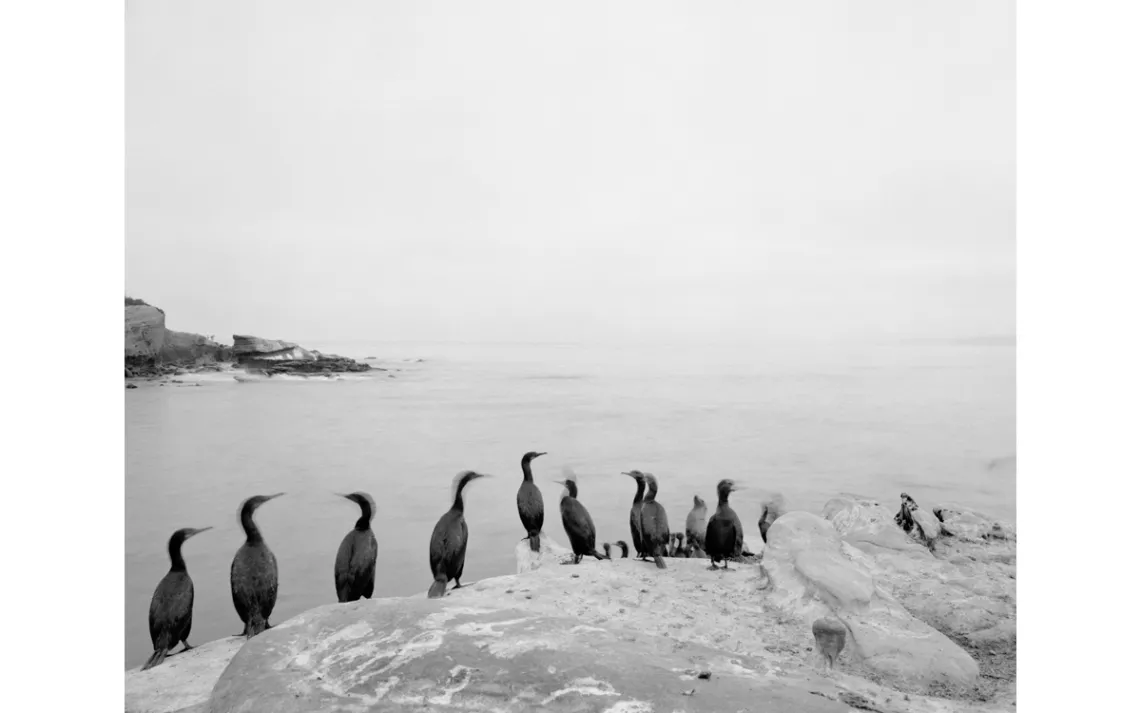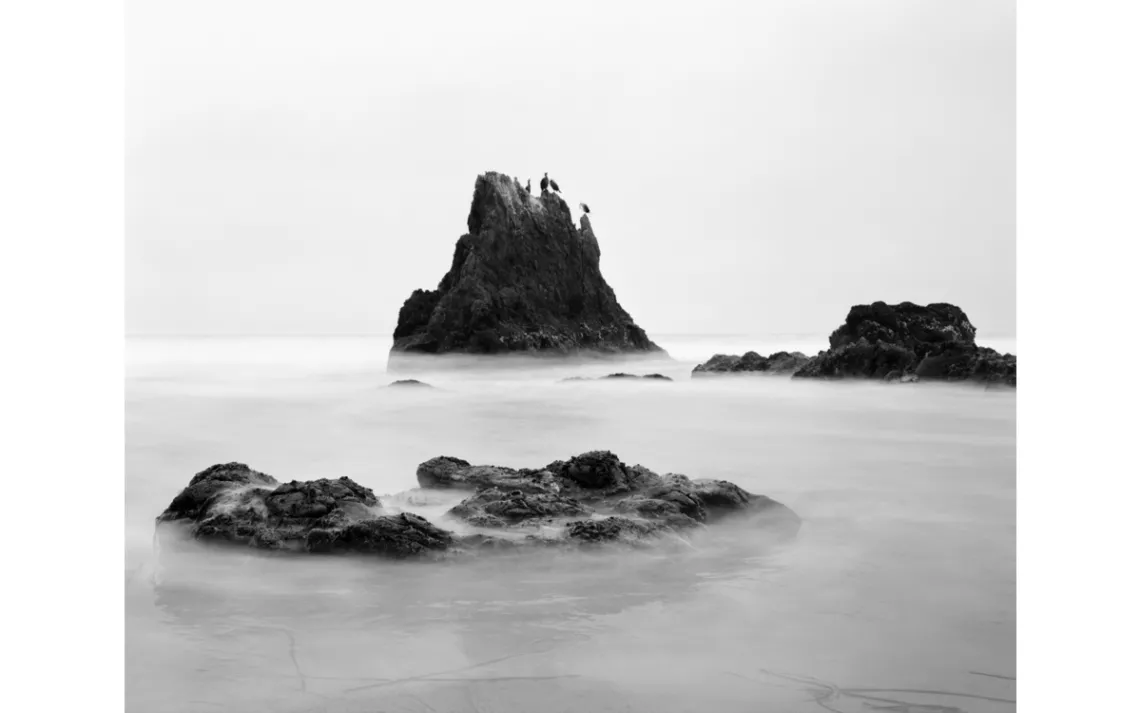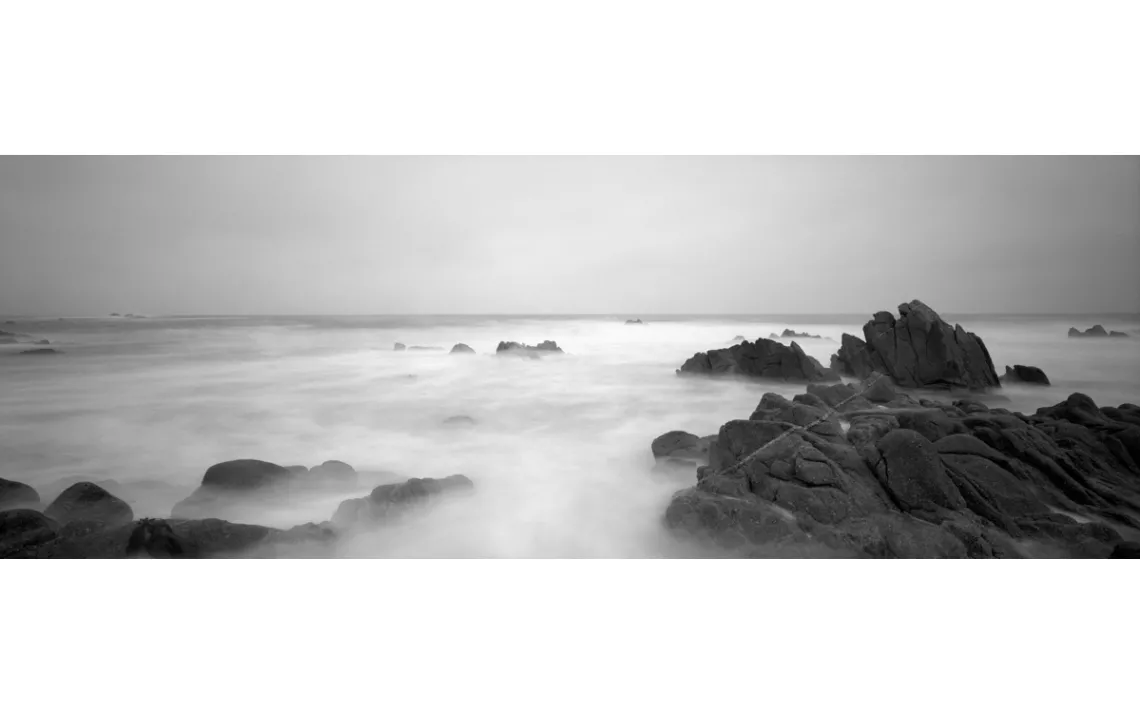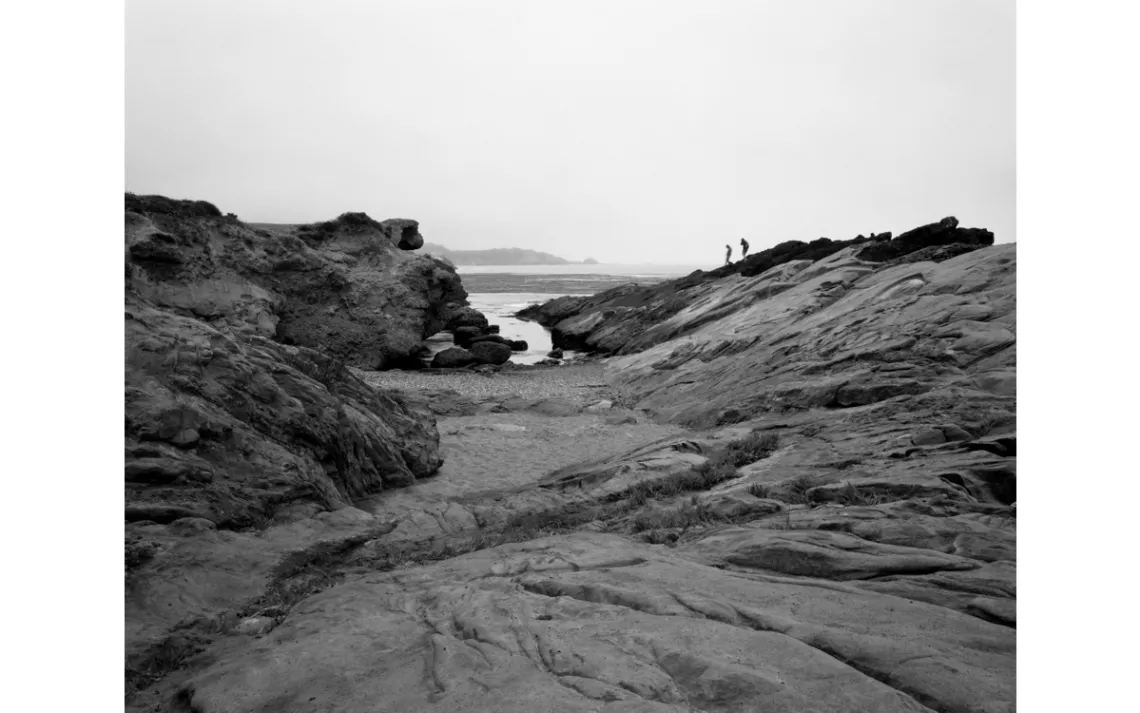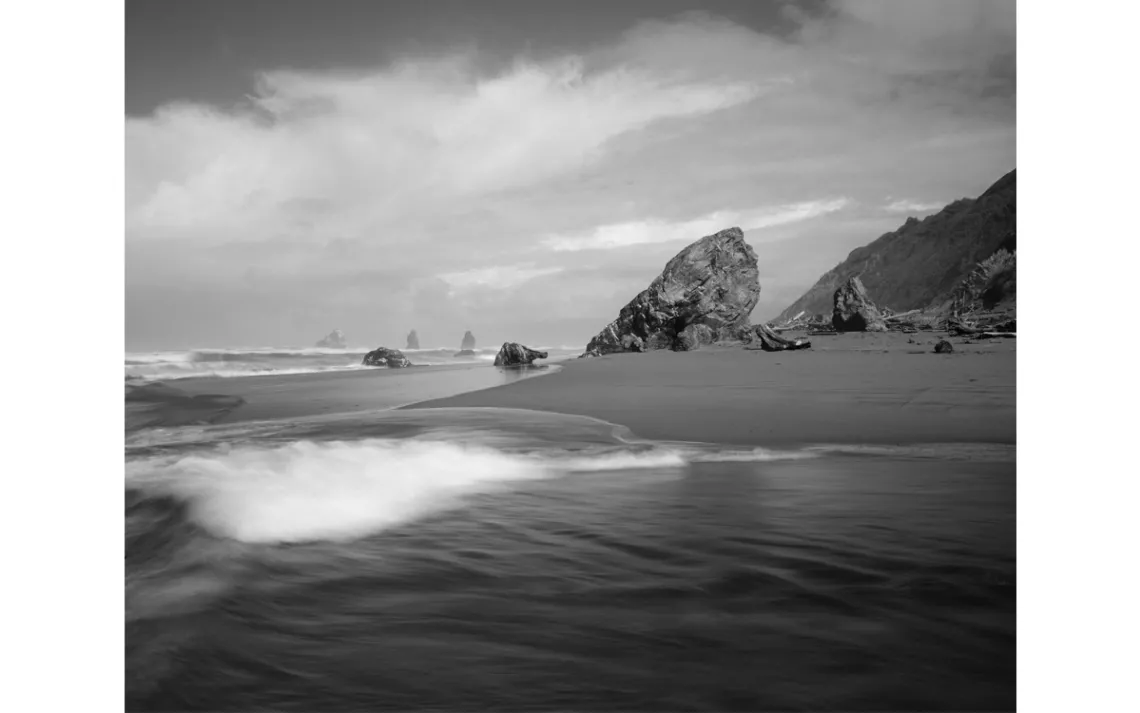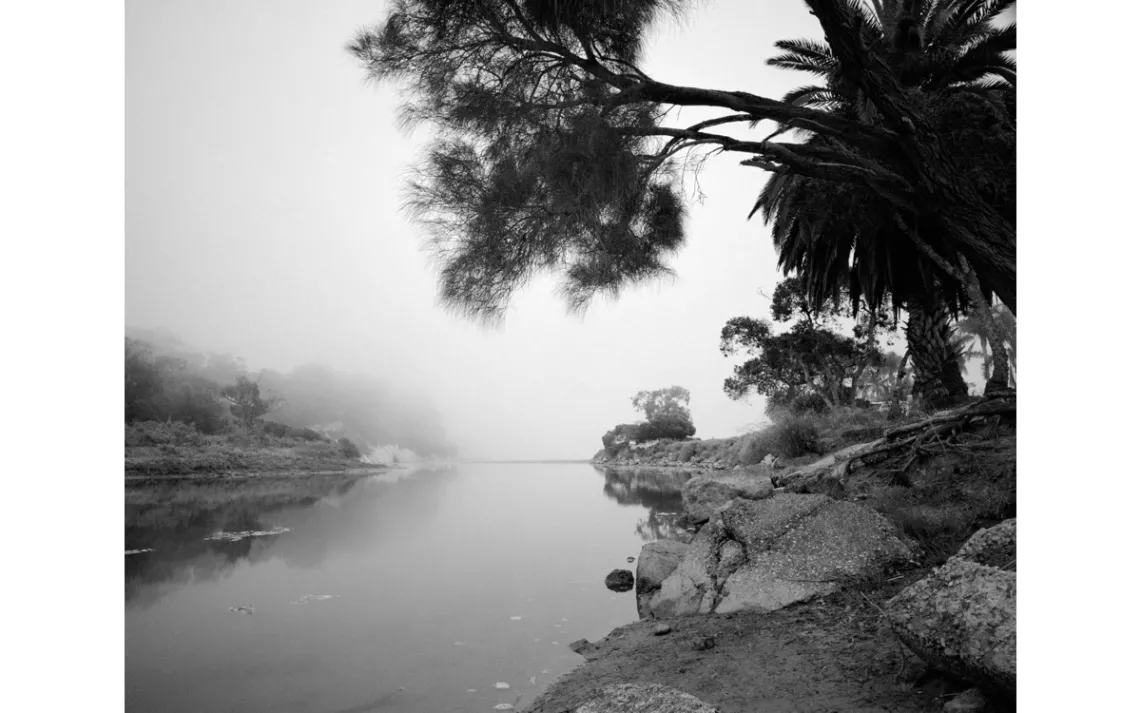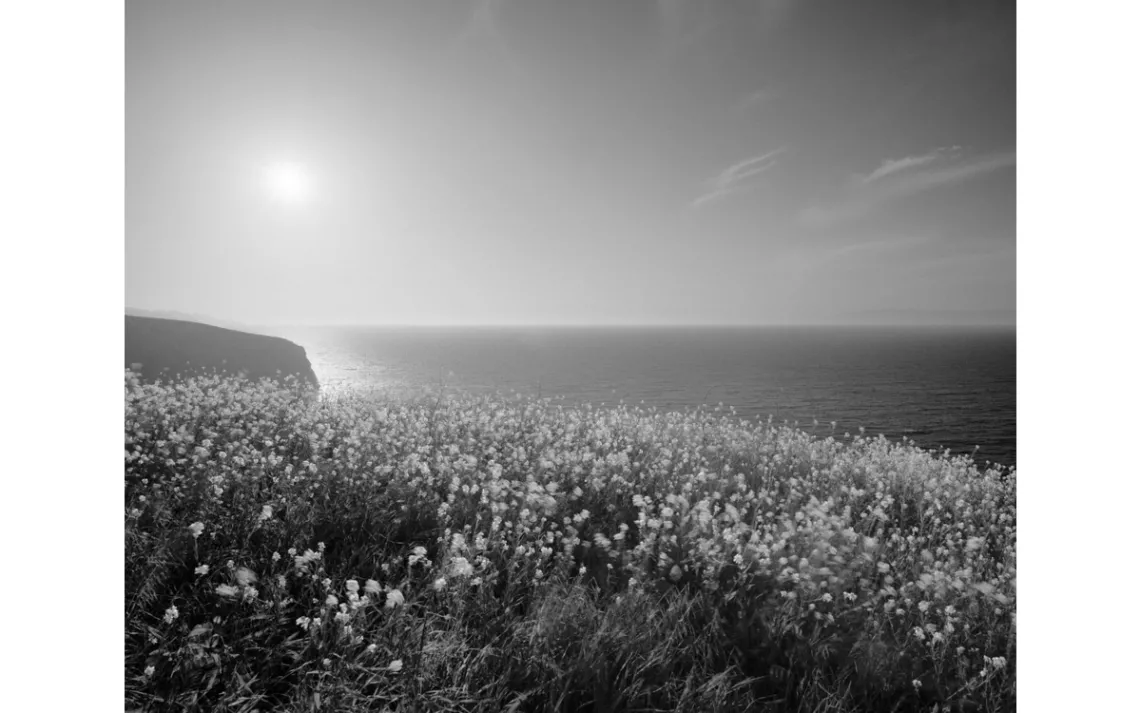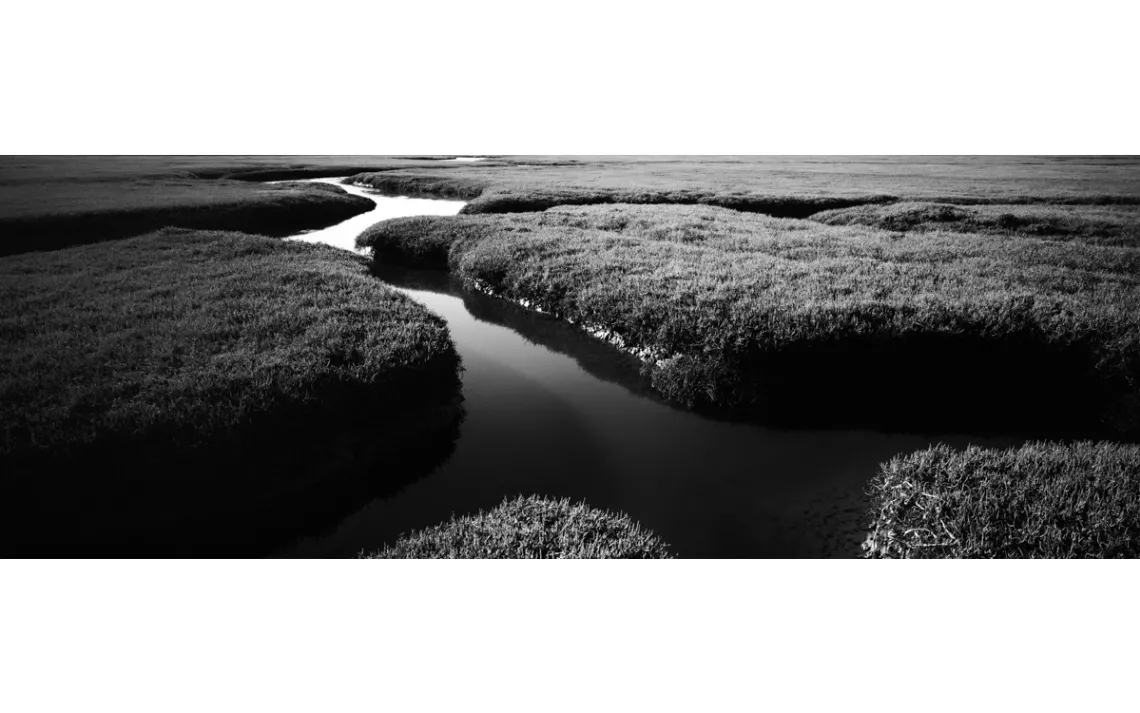"Our Ocean’s Edge" Celebrates California’s Marine Protected Areas
Jasmine Swope’s images highlight an ecological treasure
Photos courtesy of Jasmine Swope and Joseph Bellows Gallery
California is famous for its national parks and monuments, but one of its greatest conservation success stories is not nearly as well known. In 1999, the state passed the Marine Life Protection Act, which mandated the creation of a statewide system of marine protected areas. In 2004, the California Department of Fish and Wildlife launched an initiative to develop a management strategy for implementing the law. An exhaustive eight-year planning process followed, involving community meetings, workshops, and hearings to solicit public input and scientific expertise. When the plan was completed in 2012, 119 MPAs and five state marine recreational managed areas had been established. The rules governing individual MPAs vary greatly, but all are subject to some level of regulation prohibiting or limiting human activities in order to conserve and protect marine resources. Stretching from border to border—and mostly underwater—the system constitutes the largest continuous network of marine protected areas in the world.
In 2012, photographer Jasmine Swope set out to chronicle this conservation achievement. Over the course of two years, she traveled the length of California’s 1,100-mile coastline, visiting and photographing the shoreline of at least 60 MPAs, from Cabrillo State Marine Reserve at the state’s southern edge to Pyramid Point State Marine Conservation Area on the border with Oregon. “I was really looking to capture the essence of the California coast,” she says.
The result is Our Ocean’s Edge, a breathtaking collection of 60 photos published in 2015 that showcases the astonishing ecological diversity of California’s shores. Swope’s black-and-white images of tidepools, estuaries, dramatic rock formations, foaming surf, and sweeping fog convey a quiet, otherworldly serenity. By shooting many of the images from a low vantage point, Swope gives viewers an up-close look at details like mussel-encrusted rocks, flocks of seabirds, glossy kelp, and sandy beaches. “I like to photograph from where the sand is, at really low angles,” Swope says. “It just made everything come to life.”
Swope says that she produced the images in black and white because “when you just have shades of gray, it allows you to slow down.” She thinks that in a world of constant stimulation, color can be yet one more distraction. With black-and-white photos, viewers—consciously or not—are more likely to take the time to experience what they are feeling.
Writer Dwight Holing, who produced the accompanying text for Our Ocean’s Edge, first became acquainted with the MPAs through his wife, Annie Notthoff, a director at the Natural Resources Defense Council. The organization has a long history of advocating for coastal protection.
“The creation of the MPAs showed that disparate groups could come together over an issue and work together,” Holing says. “You had different groups with different interests—everything from commercial and sport fisher people to Native American groups, surfers, beach walkers, government agencies, scientists, small towns, you name it. Many hours were spent to put this process together. It became a model for other states to follow, and for other countries.”
Once the network was established, stakeholders embarked on a 10-year period of scientific research to determine whether MPAs are indeed conserving and protecting marine life. The results will be published in 2022, but early signs are promising. A 2019 study published in the journal Ocean and Coastal Management found an increase in commercial fish species such as lingcod and blackrock fish in and around MPAs on the central coast, as well as a 52 percent increase of total marine life around the Channel Islands.
The ecological and economic benefits of the marine protected areas are just beginning to come to light. Swope’s photos remind us that there are other, less tangible benefits as well. “I don’t know one person who doesn’t like to be out on some form of water, whether it’s a lake, stream, or the ocean,” Swope says. “It puts us in a state where we feel like we belong to the planet, to all of life’s organisms."
Learn more about Our Ocean’s Edge.
Learn more about California’s marine protected areas.
 The Magazine of The Sierra Club
The Magazine of The Sierra Club
